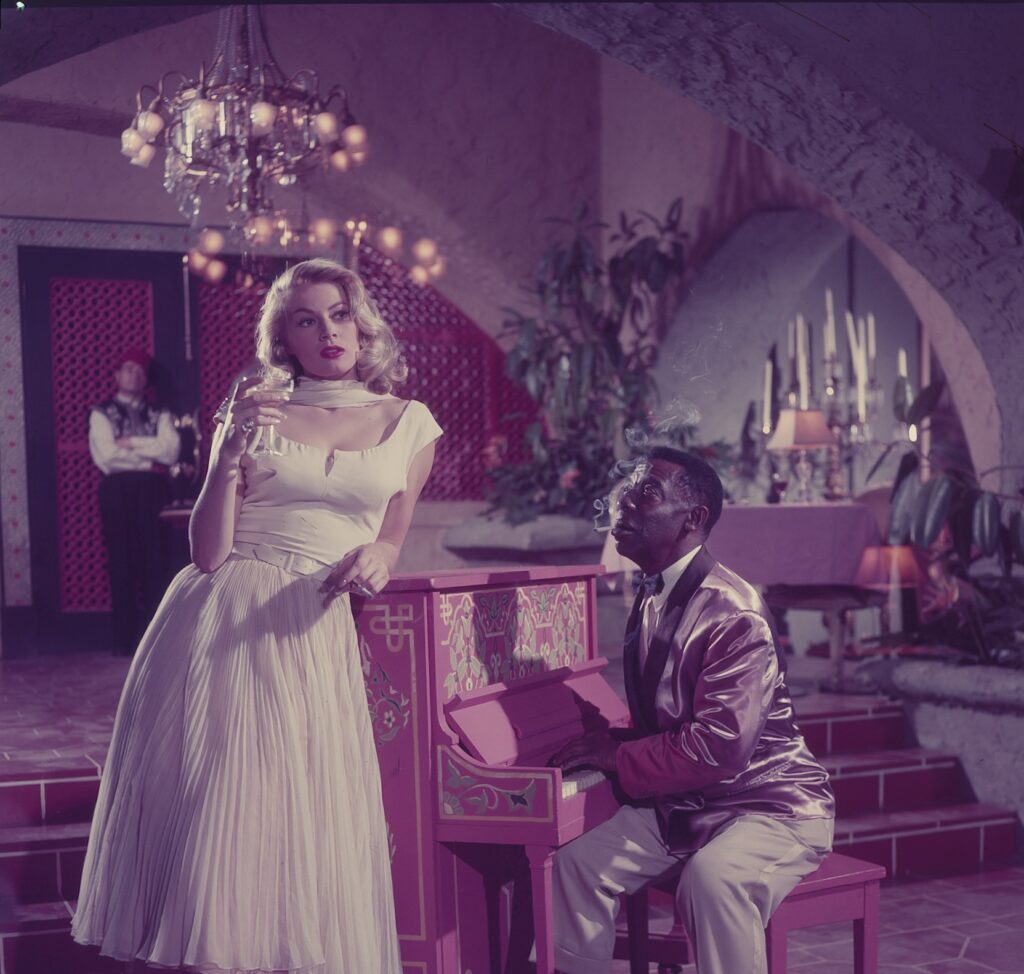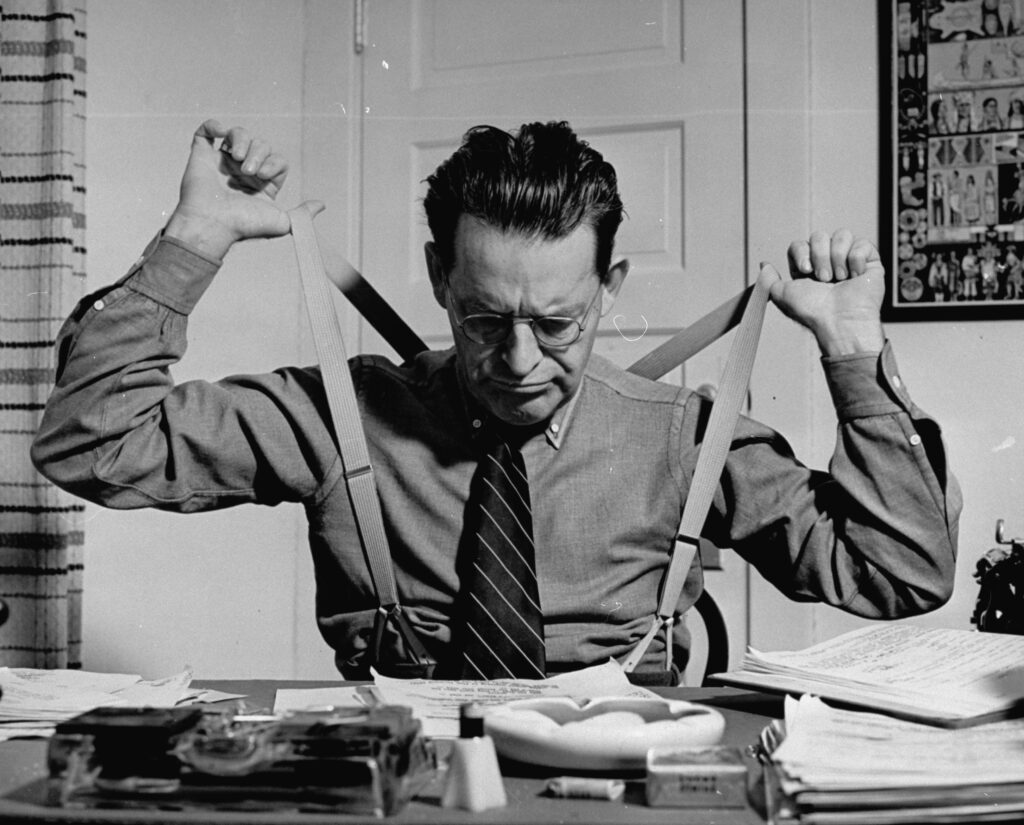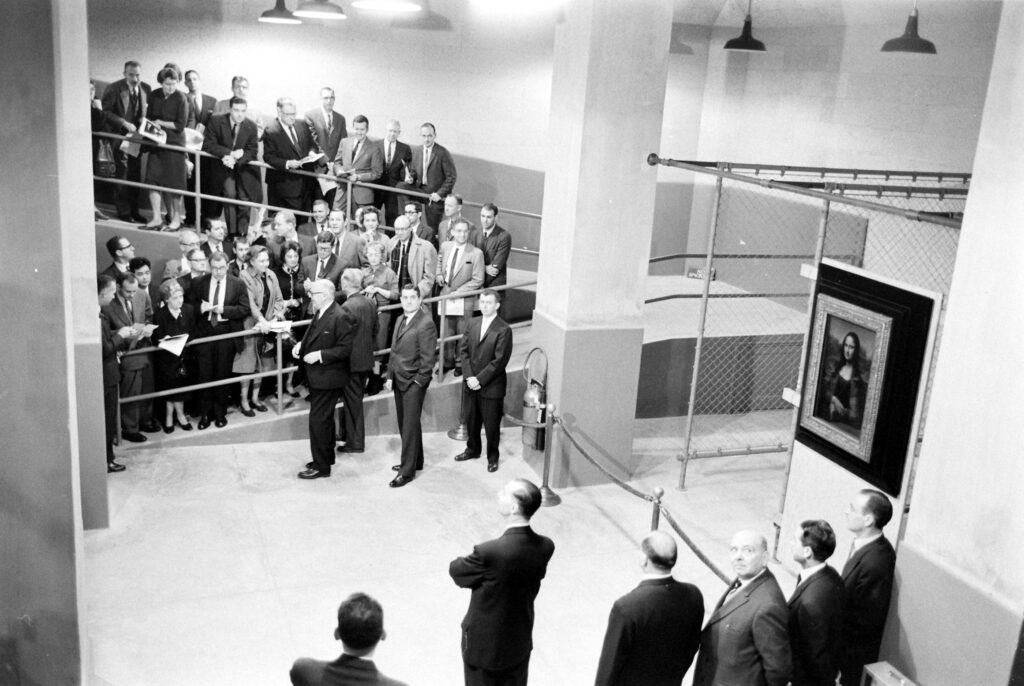That the train known for decades as the Orient Express still operates today often comes as a surprise to people who might have assumed that, like old-school luxury cruises and leisurely dirigible flights across the Atlantic, this vestige of a vastly different time must have vanished years ago. But the Venice Simplon-Orient-Express, as it is officially known, continues to run along many of the same routes that made it so famous so many decades ago, visiting places as far-flung as London, Paris, Venice, Rome, Budapest, Dresden, Prague, Innsbruck and (of course) Istanbul.
Here, LIFE recalls the Orient Express of the last century through photographs made by Jack Birns in 1950—wonderfully evocative, atmospheric pictures from a time when phrases like “the Iron Curtain” and “communist Bulgaria” were not only encountered in history books, but in newspaper headlines and in daily conversation.
A September 1950 issue of LIFE, in which some of the photos in this gallery first appeared, described the Orient Express of the middle part of the last century thus:
To mystery lovers there is no more romantic train in the world than the Orient Express, which runs between Paris and Eastern Europe. The white-haired lady spy of Alfred Hitchcock’s The Lady Vanishes rode the Orient Express, and the crime of Agatha Christie’s Murder in the Calais Coach took place on it. Legend has built the train into a vehicle for skullduggery. But there is, in fact, good basis for its reputation. Only last February, on the Orient Express near Salzburg, Austria, Eugene Karpe, the U.S. naval attaché friend of [prominent American businessman later jailed for espionage in Hungary] Robert Vogeler, fell or was pushed to his death under mysterious circumstances.
The Istanbul train is called the Simplon-Orient because it uses the Simplon Tunnel to pass through the Alps. Americans cannot go all the way as they cannot get visas for Communist Bulgaria, and luxury accommodations are now more limited than in the 1930s. But . . . the trip is still a fascinating ride through a secretive world of diplomats and refugees. It also provides a look at fringes of the Iron Curtain which can be had no other way.

The Simplon-Orient Express alongside Lake Geneva, near historic Chillon Castle.
Jack Birns/Life Pictures/Shutterstock

Aboard the Simplon-Orient Express, 1950.
Jack Birns/Life Pictures/Shutterstock

Simplon-Orient Express, 1950.
Jack Birns/Life Pictures/Shutterstock

Train station along the route of the Simplon-Orient Express, 1950.
Jack Birns/Life Pictures/Shutterstock

Train station along the route of the Simplon-Orient Express, 1950.
Jack Birns/Life Pictures/Shutterstock
![In Milan, a man handed a diplomatic packet through window. In Milan, [a man] hands a diplomatic packet through window.](data:image/svg+xml,%3Csvg%20xmlns='http://www.w3.org/2000/svg'%20viewBox='0%200%200%200'%3E%3C/svg%3E)
In Milan, a man handed a diplomatic packet through window.
Jack Birns/Life Pictures/Shutterstock

Aboard the Simplon-Orient Express, 1950.
Jack Birns/Life Pictures/Shutterstock

A train station along the route of the Simplon-Orient Express, 1950.
Jack Birns/Life Pictures/Shutterstock

A Yugoslav inspector made a passport check as the train neared the Bulgarian border.
Jack Birns/Life Pictures/Shutterstock

Aboard the Simplon-Orient Express, 1950.
Jack Birns/Life Pictures/Shutterstock

A train station along the route of the Simplon-Orient Express, 1950.
Jack Birns/Life Pictures/Shutterstock

A rail employee at a station along the route of the Simplon-Orient Express, 1950.
Jack Birns/Life Pictures/Shutterstock

Simplon-Orient Express, 1950.
Jack Birns/Life Pictures/Shutterstock

At Sukovo, in east Yugoslavia, a young Serb held a dog at the station.
Jack Birns/Life Pictures/Shutterstock

Greek soldiers boarded boxcars at Svilengrad to guard the train against Communist marauders who would sneak across the border from Bulgaria to join Red guerillas in Greece.
Jack Birns/Life Pictures/Shutterstock

Simplon-Orient Express, 1950.
Jack Birns/Life Pictures/Shutterstock

A train station along the route of the Simplon-Orient Express, 1950.
Jack Birns/Life Pictures/Shutterstock

A train station along the route of the Simplon-Orient Express, 1950.
Jack Birns/Life Pictures/Shutterstock

A train station along the route of the Simplon-Orient Express, 1950.
Jack Birns/Life Pictures/Shutterstock

Aboard the Simplon-Orient Express, 1950.
Jack Birns/Life Pictures/Shutterstock

Aboard the Simplon-Orient Express, 1950.
Jack Birns/Life Pictures/Shutterstock

Aboard the Simplon-Orient Express, 1950.
Jack Birns/Life Pictures/Shutterstock

Aboard the Simplon-Orient Express, 1950.
Jack Birns/Life Pictures/Shutterstock

A train station along the route of the Simplon-Orient Express, 1950.
Jack Birns/Life Pictures/Shutterstock

Aboard the Simplon-Orient Express, 1950.
Jack Birns/Life Pictures/Shutterstock

Poster for the Simplon-Orient Express, 1950.
Jack Birns/Life Pictures/Shutterstock





![In Milan, a man handed a diplomatic packet through window. In Milan, [a man] hands a diplomatic packet through window.](https://static.life.com/wp-content/uploads/migrated/2013/08/06_00721827-1024x807.jpg)







































![Bespattered with blood and oil after a strafing attack by nine Messerschmitts on first day of battle, a wounded half-track gunner vainly tried to swallow a sulfa tablet. The attending officer subsequently flushed it down his throat with water. Bespattered with blood and oil after strafing attack by nine Me-109s [Messerschmitts] on first day of battle, a wounded half-track gunner vainly tries to swallow a sulfa tablet. Attending officer subsequently flushed it down his throat with water. Three other men on the half-track were killed.](https://static.life.com/wp-content/uploads/migrated/2013/03/09_00584740-1024x825.jpg)








































